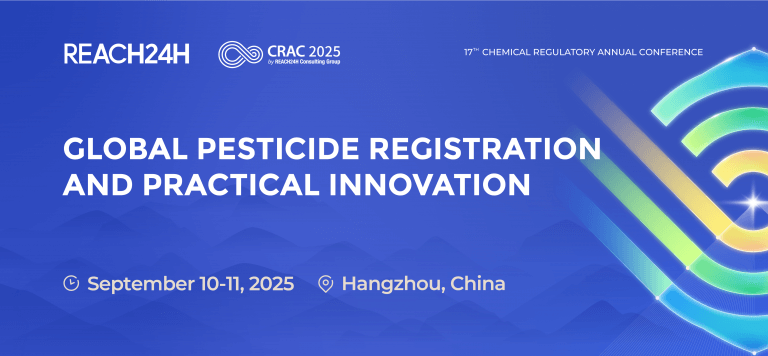Contents
- Statistics of Herbicide Registration in 2015-2022
- Overview
- Statistics of Registered Pesticides
- Updated Regulations, Policy, and New Herbicides in 2022
- Registration Requirements for Nonselective Herbicides
- Registration Requirements of Target Herbicides for Genetically Modified Herbicide-tolerant Crops
- Herbicides Newly Applied for Registration in 2021: Bixlozone & Tembotrione
Overview
The term “pesticides” usually includes pesticides, herbicides, rodenticides, antimicrobial products, biopesticides, and other substances used to control various pests or undesirable vegetation. China is one of the most seriously weeds-harmed countries. Over 1430 species (varieties) of garden weeds are widely distributed and occur in large quantities in China. Every year, weed damage causes about 10% of crop yield loss, 60 million tons of grain output reduction, and 220-billion-yuan economic loss. Weed control is a key concern in pesticide production in China. Herbicides can control weeds and effectively reduce crop yield losses. At present, China mainly relies on chemical pesticides for weed control, i.e., herbicides.
Statistics of Registered Pesticides
In 2015, China’s Ministry of Agriculture and Rural Affairs (MOARA) put forward the action of zero growth in pesticide use, after which the demand for pesticides in China declined steadily. In 2021, the use of pesticide products was 248,000 tons, including 104,000 tons of herbicides, which accounted for 41.9% of the total amount in 2021.(See Table 1.) Under the pesticide reduction background, herbicide use increased slightly compared with previous years, proving a large market demand for herbicide products exists in China. Table 1. Pesticide Use in 2015-2022 in 10,000 tons
| Pesticides | 2015 | 2019 | 2021 | Percent of 2021 (%) |
| Herbicide | 10.7 | 9.9 | 10.4↑ | 41.9 |
| Insecticide | 11.7 | 7.7 | 7.6 | 30.6 |
| Fungicide | 8.0 | 6.5 | 6.5 | 26.2 |
| Total | 29.9 | 26.3 | 24.8↓ | - |
| Adapted from National Agro-Tech Extension and Service Center | ||||
| No. | Herbicide | Quantity |
| 1 | Glyphosate | 1805 |
| 2 | Atrazine | 1401 |
| 3 | Acetochlor | 1238 |
| 4 | Bensulfuron-methyl | 849 |
| 5 | Glufosinate-ammonium | 786 |
| 6 | Nicosulfuron | 753 |
| 7 | Quizalofop-p-ethyl | 629 |
| 8 | Mesotrione | 557 |
| 9 | Cyhalofop-butyl | 463 |
| 10 | Butachlor | 429 |
| 11 | Pendimethalin | 367 |
| 12 | Fomesafen | 363 |
| 13 | Penoxsulam | 360 |
| 14 | Pretilachlor | 321 |
| 15 | Bentazone | 321 |
| 16 | Quinclorac | 312 |
| 17 | Pyrazosulfuron-ethyl | 309 |
| 18 | Haloxyfop-P-methyl | 273 |
| 19 | MCPA (salt, ester) | 263 |
| 20 | Mefenacet | 261 |
| No. | Active Ingredient | Quantity |
| 1 | Glyphosate | 130 |
| 2 | Glufosinate-ammonium | 108 |
| 3 | Cyhalofop-butyl | 52 |
| 4 | Metamifop | 46 |
| 5 | MCPA | 37 |
| 6 | Glufosinate-p | 37 |
| 7 | Penoxsulam | 37 |
| 8 | Atrazine | 37 |
| 9 | Pinoxaden | 36 |
| 10 | Flumioxazin | 34 |
Reference Links
- Pesticide Registration: China Rejects Pesticide Product Registration for Efficacy Issues
- Issues to Note in China’s Pesticide Enterprise Standards
- New Pesticide Registration in China: In-depth Analysis of Challenges and the Trend
Contact Us
If you have any questions regarding herbicide or pesticide registration in China, please feel free to contact us at: Email: customer@reach24h.com Tel: +86-571-87006630





